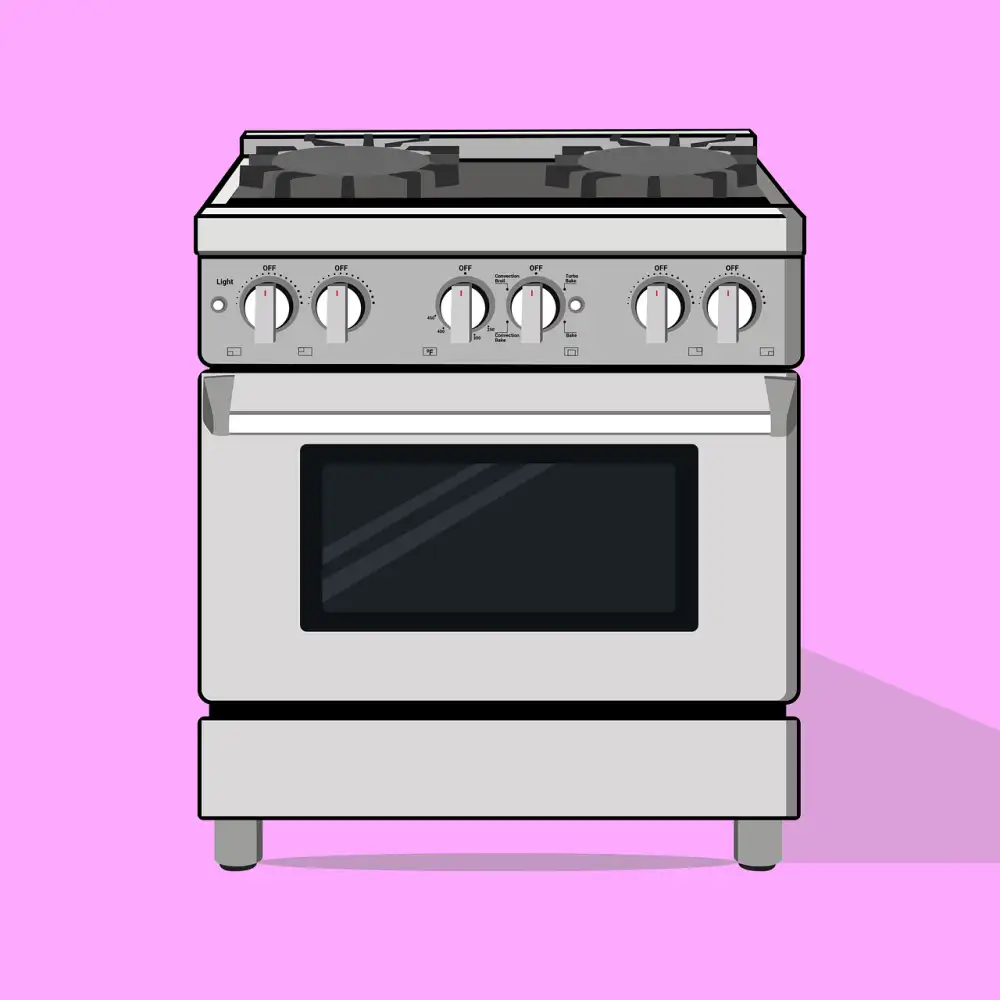Mastering the Art of Cooking with a Convection Oven at Home: A Complete Guide

**Introduction to Convection Oven**
A convection oven is a modern kitchen appliance that utilizes a fan and exhaust system to circulate hot air around the food being cooked. This circulation of hot air results in even heat distribution, cooking food faster and more evenly than conventional ovens. The fan helps to maintain a consistent temperature throughout the oven, reducing cooking times by up to 25% compared to traditional ovens. Convection ovens are versatile and can be used for baking, roasting, broiling, and more, making them a valuable tool for home cooks looking to elevate their culinary skills.
How Convection Ovens Work
Convection ovens work by using a fan to circulate hot air around the food being cooked. This constant circulation of hot air helps to distribute heat evenly throughout the oven, resulting in faster and more even cooking. The fan also helps to remove any cold spots within the oven, ensuring that your dishes are cooked thoroughly and consistently. By cooking with convection, you can expect quicker cooking times and more efficient use of energy compared to traditional ovens.
Benefits of Using a Convection Oven
**Benefits of Using a Convection Oven:**
Convection ovens offer several advantages over conventional ovens. One key benefit is their ability to cook food faster and more evenly. The fan inside the convection oven circulates hot air around the food, resulting in quicker cooking times and uniform browning. This can be particularly useful when preparing multiple dishes at once or when cooking large cuts of meat.
Additionally, convection ovens are known for producing crispier and crunchier textures on foods like roasted vegetables, cookies, and pastries. The circulating air helps remove moisture from the surface of the food, creating a desirable crispy exterior while keeping the interior moist and flavorful.
Another advantage of convection ovens is their energy efficiency. Because they cook food faster than conventional ovens, they require less time to preheat and less overall cooking time. This can lead to reduced energy consumption and lower utility bills over time.
Overall, the benefits of using a convection oven include faster cooking times, more even cooking results, improved texture on various foods, and energy efficiency compared to traditional ovens.
Tips for Cooking with a Convection Oven
When cooking with a convection oven, there are some key tips to keep in mind to ensure your dishes come out perfectly every time. Firstly, it's important to reduce the temperature by about 25 degrees Fahrenheit compared to what a recipe calls for when using a convection oven. This is because the fan in a convection oven helps distribute heat more efficiently, resulting in faster and more even cooking.
Another tip is to use shallow pans or baking sheets with low sides to allow for proper air circulation. Avoid overcrowding the oven as this can block the airflow and lead to uneven cooking. It's also recommended to rotate your dishes halfway through the cooking process to ensure even browning.
Monitoring your food closely is essential when using a convection oven, as it cooks faster than a conventional oven. Use an oven-safe thermometer to check for doneness and prevent overcooking. Lastly, be mindful of using parchment paper or silicone mats instead of aluminum foil, as they can help promote better air circulation around your food.
By following these tips, you can make the most out of your convection oven and enjoy deliciously cooked meals with ease.
Cleaning and Maintenance of Convection Ovens
Cleaning and maintaining your convection oven is essential to ensure its optimal performance and longevity. Start by allowing the oven to cool completely before cleaning. Remove any food debris or spills using a damp cloth or sponge. For tougher stains, you can use a mixture of water and mild detergent.
Regularly clean the oven racks, trays, and accessories separately with warm soapy water. Avoid using abrasive cleaners or steel wool, as they can damage the interior of the oven. To clean the interior walls of the oven, you can use a solution of water and baking soda for gentle scrubbing.
It's important to regularly check and replace the oven gasket if it shows signs of wear or damage to maintain proper heat retention. Additionally, make sure to clean the ventilation system of the oven to prevent any blockages that could affect its performance.
By following these cleaning and maintenance tips, you can keep your convection oven in top condition for delicious cooking results every time.
Comparison Between Convection and Conventional Ovens
When comparing convection and conventional ovens, the key difference lies in how they distribute heat. Conventional ovens use radiant heat that rises from the bottom, leading to uneven cooking and hot spots. In contrast, convection ovens have a fan that circulates hot air around the food, ensuring even cooking and faster cooking times. This results in dishes with crispy exteriors and moist interiors. Additionally, convection ovens typically cook food about 25% faster than conventional ovens, saving time and energy. While conventional ovens are versatile for baking and roasting, convection ovens excel at producing perfectly cooked dishes consistently.
Popular Recipes to Try in a Convection Oven
1. Roast Chicken: A convection oven is perfect for achieving crispy skin and juicy meat when roasting a whole chicken. Set the temperature to 375°F and cook until the internal temperature reaches 165°F.
2. Baked Goods: Cookies, pastries, and bread come out beautifully in a convection oven due to the even heat distribution. Reduce the temperature by 25 degrees and keep an eye on baking times for perfect results.
3. Vegetables: Roasting vegetables like asparagus, Brussels sprouts, and sweet potatoes at a higher temperature (around 400°F) in a convection oven helps caramelize them quickly while retaining their natural flavors.
4. Pizza: For a crispy crust and evenly melted cheese, bake your pizza in a preheated convection oven at 450°F for about 12-15 minutes.
5. Casseroles: Casseroles with layers of ingredients benefit from the circulating hot air in a convection oven, ensuring even cooking throughout.
Experiment with these popular recipes to make the most of your convection oven's capabilities and elevate your cooking skills to new heights!
In conclusion, mastering the art of cooking with a convection oven at home can elevate your culinary skills to new heights. The even distribution of heat, faster cooking times, and enhanced flavors make convection ovens a valuable addition to any kitchen. By understanding how convection ovens work, utilizing tips for optimal cooking results, and maintaining your appliance properly, you can enjoy delicious meals with ease. Experimenting with popular recipes tailored for convection ovens will further enhance your cooking experience. Embrace the versatility and efficiency of convection ovens to unleash your creativity in the kitchen and delight your taste buds with every dish you create.
Published: 30. 04. 2024
Category: Home



